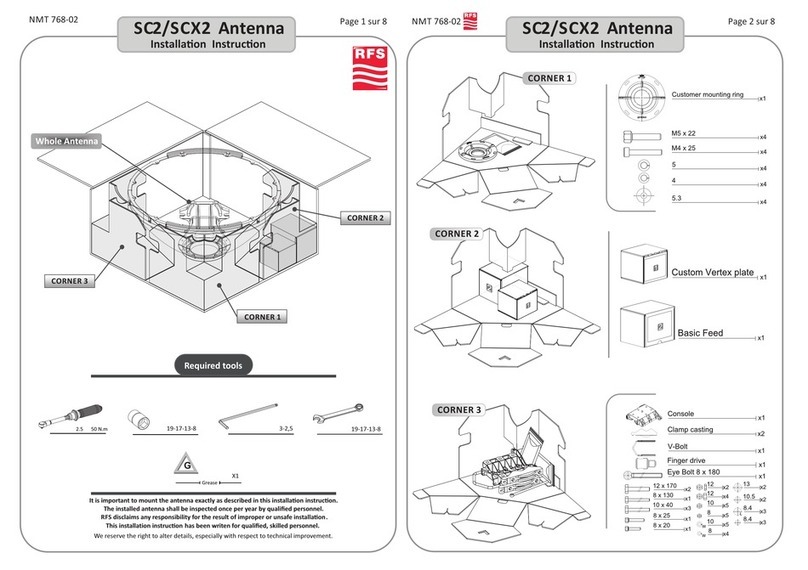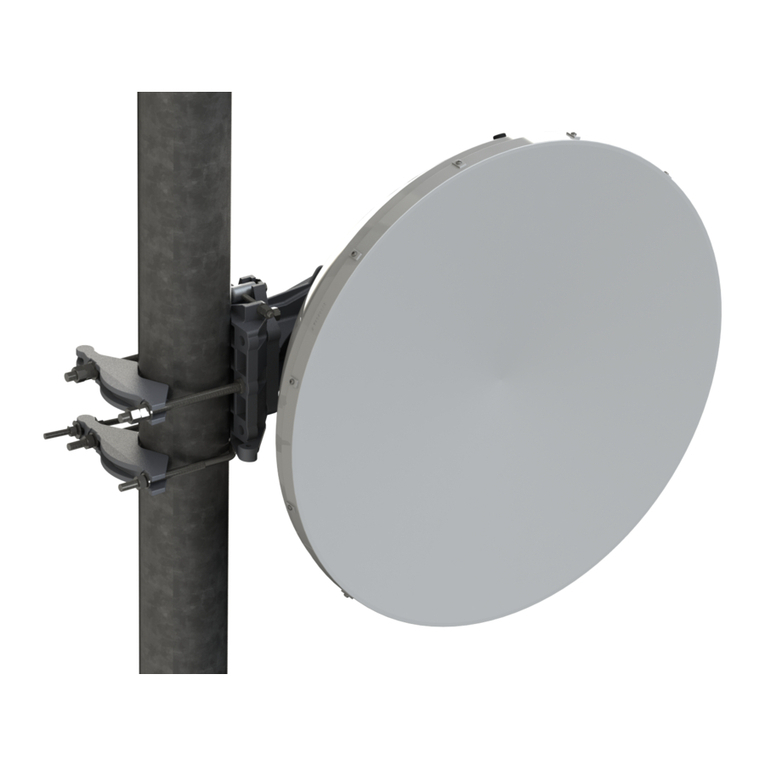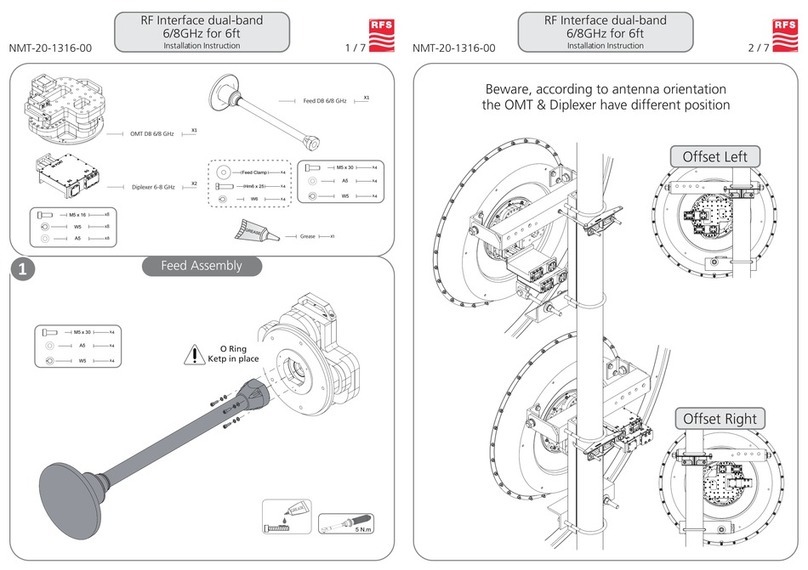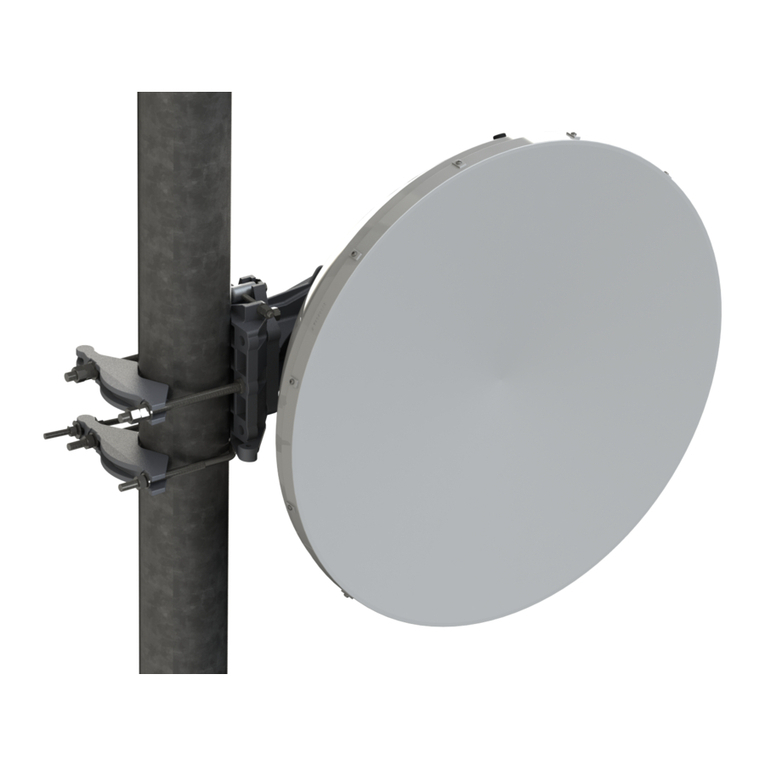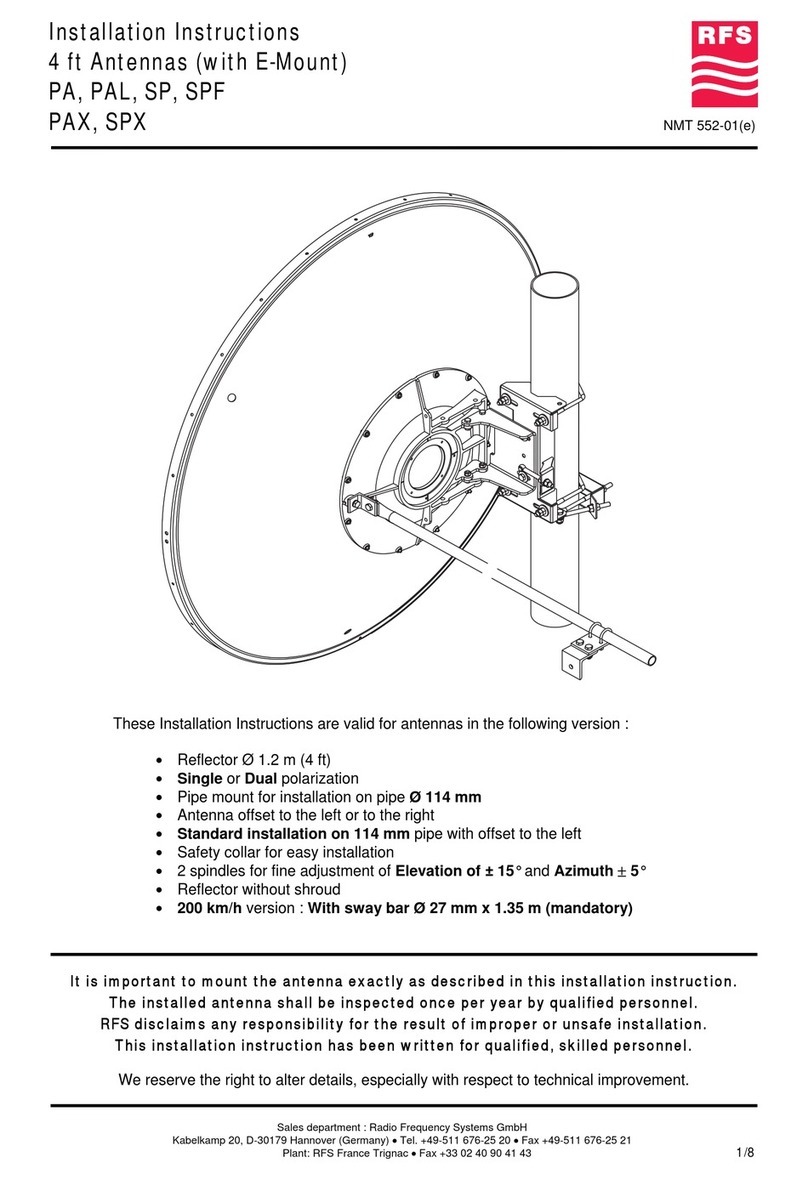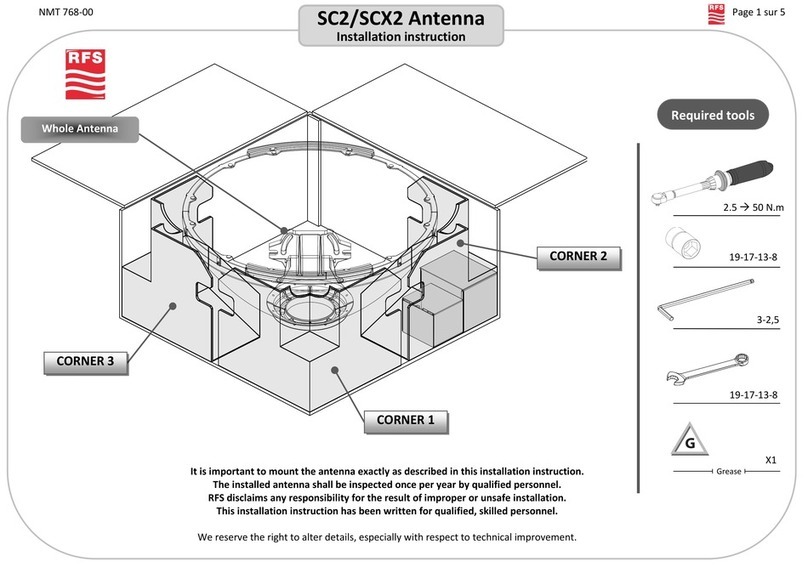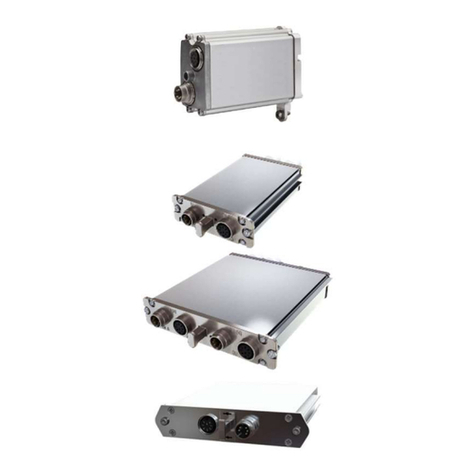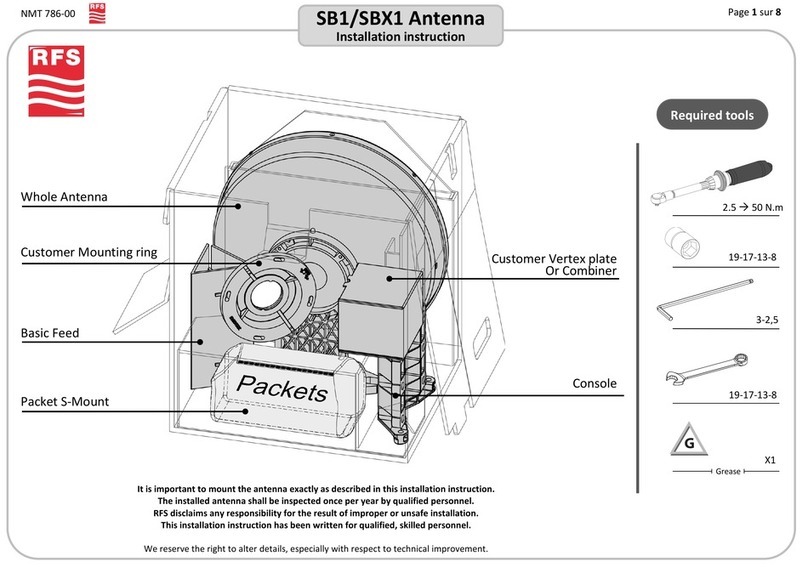
Radio Frequency SystemsHandbook No: 49.53678.008
Issue 01 Commercial in Confidence v
CONTENTS
Page
Copyright, Quality Assurance, Authorisation for Issue .............................................................................................ii
Cautions and Warnings.............................................................................................................................................iii
Amendments .............................................................................................................................................................iv
List of Illustrations......................................................................................................................................................vi
Acronyms and Abbreviations ....................................................................................................................................vi
SECTION
1 SCOPE...................................................................................................................................................... 1-1
1.1 Antenna Type ........................................................................................................................................... 1-1
1.2 Antenna Identification ............................................................................................................................... 1-1
1.3 Antenna Input Capability .......................................................................................................................... 1-1
1.4 Broadcast Service and Coverage ............................................................................................................ 1-1
2 DESCRIPTION ......................................................................................................................................... 2-1
2.1 Mechanical Construction .......................................................................................................................... 2-1
2.2 Environmental Conditions ........................................................................................................................ 2-1
2.3 Electrical Characteristics .......................................................................................................................... 2-1
2.4 Performance Characteristics.................................................................................................................... 2-2
2.5 Power and Voltage Ratings and Safety Factors...................................................................................... 2-2
3 SYSTEM CONFIGURATION ................................................................................................................... 3-1
3.1 Antenna Orientation.................................................................................................................................. 3-1
3.2 Feed System, Power Distribution and Phasing Arrangement ................................................................ 3-1
4 INSTALLATION ....................................................................................................................................... 4-1
4.1 Precautions ............................................................................................................................................... 4-1
4.2 Delivery ..................................................................................................................................................... 4-1
4.3 Storage...................................................................................................................................................... 4-1
4.4 Unpacking ................................................................................................................................................. 4-2
4.5 Preparation ............................................................................................................................................... 4-2
4.6 Assembly & Installation ............................................................................................................................ 4-2
4.6.1 Install Power Divider Network .................................................................................................................. 4-2
4.6.2 Install Distribution Cables ......................................................................................................................... 4-2
4.6.3 Cellflex Installation Recommendations................................................................................................... 4-3
4.6.4 Main Feeder Connection .......................................................................................................................... 4-3
4.6.5 Half Antenna Operation............................................................................................................................ 4-3
4.7 Purge the Antenna and Feeder Cable..................................................................................................... 4-3
4.8 Earthing of Main Feeder Cable ................................................................................................................ 4-4
4.9 Assembly Check....................................................................................................................................... 4-4
4.10 Tuning ....................................................................................................................................................... 4-4
4.11 Commissioning ......................................................................................................................................... 4-4
4.12 Maintenance ............................................................................................................................................. 4-5
4.12.1 Working with Teflon .................................................................................................................................. 4-5
4.13 Warranty.................................................................................................................................................... 4-5
4.14 Recycling and Disposal of Components.................................................................................................. 4-5
- DRAFT COPY - PENDING TEST RESULTS












